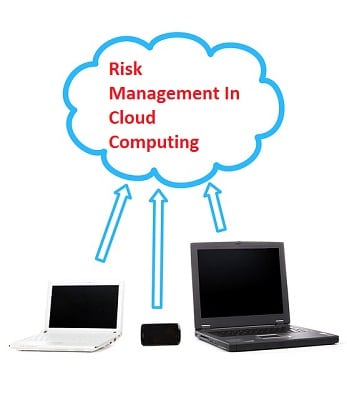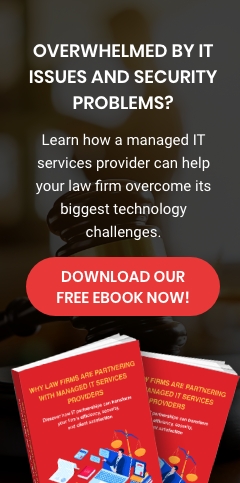Provision of infrastructure and software services over the internet is referred to as cloud computing. In terms of infrastructure, services offered aim at providing virtual servers and storage on demand. On the basis of a platform, cloud computing offers software and product development tools hosted on the infrastructure of the provider. Developers can therefore create applications on the provider’s infrastructure over the internet.
As regards software, hardware infrastructure is offered enabling access to the software products through a web portal. In addition, users can access the services from anywhere because the service provider hosts the application and data. Cloud computing services are often up for sales on demand -with the provider managing every bit of its aspect inclusive of security.
Therefore, if a business desires to use the cloud computing services, it does not require knowing the rocket-science behind it but how to use it. This is because the entire process is absolutely transparent to users who merely require a web browser to utilize the cloud services.
What are the security risks involved?
Although it has numerous perks, cloud computing faces a number of security risks. Management and delivery of services by a third-party causes an organization to lose grip on how to secure its environments. Organizations that use cloud computing for crucial services like credit card processing, online banking and other financial transactions need to consider some of the key elements of cloud computing security before working with a particular cloud system. They need to gauge the security and privacy of their data in the cloud and at the provider.
Businesses also need to know whether there is a possibility of other users to access their data in the cloud. Overall, the business needs to determine the effects of all these factors on their compliance requirements. It has to know what security measures are in place to handle cases of breach of security and the length of time utilizable for data backup.
Managing risks
Performance of a comprehensive review and requesting of appropriate documentation go a long way to in managing risks associated with cloud computing when in partnership with a cloud vendor. It actually involves investigating the background and reputation of the provider and the number of years of work experience in the business apart from requesting for an SSAE 16 report. In the event the cloud vendor handles the credit card information of a customer, it is paramount to obtain an annual PCI compliance attestation. This gives you the opportunity to verify the provider’s compliance status from the PCI. The following elaborate more on managing risks.
Compliance with regulatory standards
Ultimately, customer organization will be held responsible for the integrity and security of their data despite the management and maintenance of the data by a service provider. It is the duty of the customer organization to ascertain that the provider has adequate security controls and measures in place that are effective and efficient in cloud computing risk management. The customer organization needs to make a request for proof of security controls like SSAE 16 report and PCI compliance authentication. For customers who decide to work with international providers, they need to ensure that there is a signed contract that mandates the international provider to obey the local privacy requirements.
Privacy
Typically, most of the data in the cloud is in a shared environment. In that regard, it is imperative to encrypt data while in transit and storage for the sake of confidentiality and privacy. Customer organizations are entitled to know whether the data encryption is highly effective or one that can be infiltrated easily. As regards privileged accounts, customer organization needs to know the user access as well as the monitoring controls in place. The provider is expected to give detailed information on how security breaches are handled to exhibit compliance with an organization’s customer privacy commitment.
Business continuity and contingency measures
Organizations need to be in knowledge of the steps that a provider will take to protect data and continue the service even after the occurrence of a disaster. Moreover, customer organization has to gauge the ability of the provider to carry out a successful data restoration and the time taken for such an action. It is one of the core elements of IT support in San Jose when determining the business continuity capabilities to meet the specific requirements articulated in the service agreement.
With cloud computing, organizations have access to a cost effective, flexible and competitive opportunity to perform their crucial operations. Even though the benefits are quite many, it is paramount to pay attention to risk management. Mitigation of risk is achievable by carrying out due diligence when finding a provider and negotiation of service agreement covering fundamental aspects such as warranty, payment, liability and protection. More importantly, legal advice comes in handy in the stipulation of a contract. Essentially, these are effective ways of alleviating risks in cloud computing.



You must be logged in to post a comment.